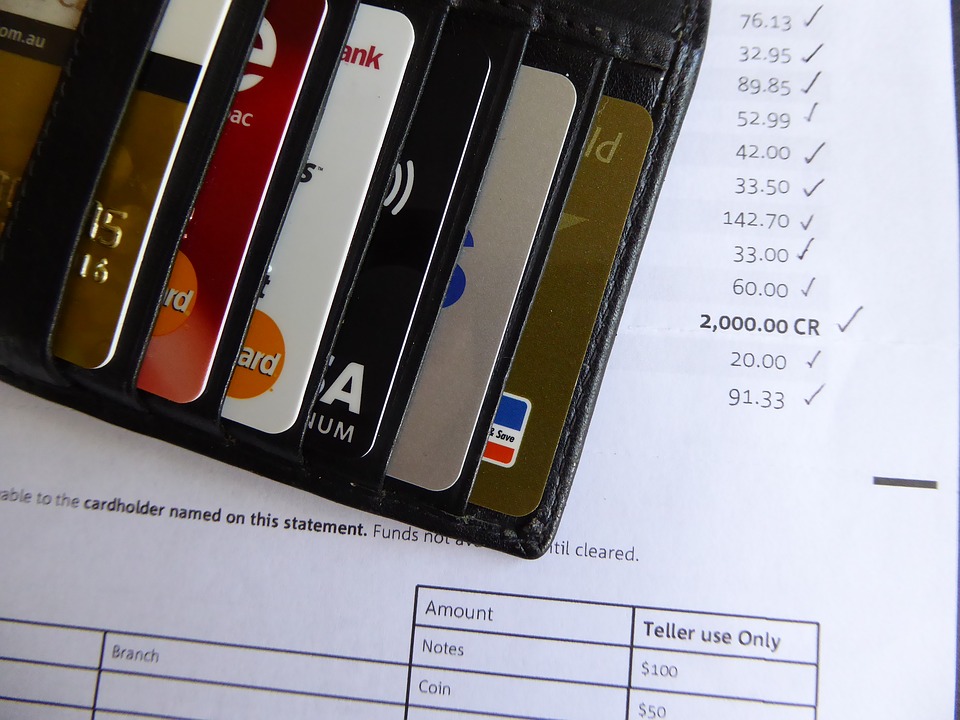Another consulting company, Aite Group, in May estimated that volume of correspondence fraudulent card transactions (when the card is not presented, and the payment is made via the Internet or by telephone) this year will increase to $ 4 billion from $ 3.2 billion in 2015. Aite believes the growth will lead to $ 7.2 billion by the end of the decade.
Online shops, card issuers and payment systems are looking for ways to identify fraudulent activities. "There are so many different types of stores using correspondence operations, and crooks have so many tricks that it is impossible to find a solution suitable for everyone", - says Julie Conroy, an analyst at the Aite.
This week, representatives of the payments industry will present a new standard. Shops, wanting to verify authenticity of the operation, will be able to refer to banks - card issuers to verify additional information such as email, billing address and shipping. Another subject method is tokenization, when identity of a card’s owner is confirmed by a unique set of numbers instead of traditional information such as the card number and expiration date.
Scammers find it increasingly difficult to use a forged card at convenient offline stores, so that it’s not a surprise many of them turn to the Internet. Modern banking cards come with in-built chips. However, when it comes to online shopping, "there is no one to confirm that you are you, and crooks are choosing path of least effort," said Tom Byrnes, director of Vesta, helps online stores to combat fraud.
Losses from frauds with bank cards amounted to $ 21.84 billion last year, while volume of purchases of goods and services along with cash advances and payments reached $ 31.310 trillion.
The Nilson Report say about $ 6.97 were stolen from every $ 100 spent, compared with $ 6.21 in 2014. Number of frauds will continue to grow until 2019, when amount of losses will reach $ 32.82 billion to decline by 2020. In the five years from 2010 to 2015, losses from fraud with bank cards have increased by almost three times from $ 7.6 billion to $ 21.84 in 2015.
The United States accounted for about 38.7% or $ 8.45 billion of losses from card fraud, at 22.9% of the total world volume of cashless purchases. $ 11.76 were stolen for every $ 100 spent in the US, which is higher than average value around the world.
Loss of card issuers in 2015 reached $ 15.72 billion, or 72% of the total amount of losses.
source: wsj.com, banks.eu
Online shops, card issuers and payment systems are looking for ways to identify fraudulent activities. "There are so many different types of stores using correspondence operations, and crooks have so many tricks that it is impossible to find a solution suitable for everyone", - says Julie Conroy, an analyst at the Aite.
This week, representatives of the payments industry will present a new standard. Shops, wanting to verify authenticity of the operation, will be able to refer to banks - card issuers to verify additional information such as email, billing address and shipping. Another subject method is tokenization, when identity of a card’s owner is confirmed by a unique set of numbers instead of traditional information such as the card number and expiration date.
Scammers find it increasingly difficult to use a forged card at convenient offline stores, so that it’s not a surprise many of them turn to the Internet. Modern banking cards come with in-built chips. However, when it comes to online shopping, "there is no one to confirm that you are you, and crooks are choosing path of least effort," said Tom Byrnes, director of Vesta, helps online stores to combat fraud.
Losses from frauds with bank cards amounted to $ 21.84 billion last year, while volume of purchases of goods and services along with cash advances and payments reached $ 31.310 trillion.
The Nilson Report say about $ 6.97 were stolen from every $ 100 spent, compared with $ 6.21 in 2014. Number of frauds will continue to grow until 2019, when amount of losses will reach $ 32.82 billion to decline by 2020. In the five years from 2010 to 2015, losses from fraud with bank cards have increased by almost three times from $ 7.6 billion to $ 21.84 in 2015.
The United States accounted for about 38.7% or $ 8.45 billion of losses from card fraud, at 22.9% of the total world volume of cashless purchases. $ 11.76 were stolen for every $ 100 spent in the US, which is higher than average value around the world.
Loss of card issuers in 2015 reached $ 15.72 billion, or 72% of the total amount of losses.
source: wsj.com, banks.eu





